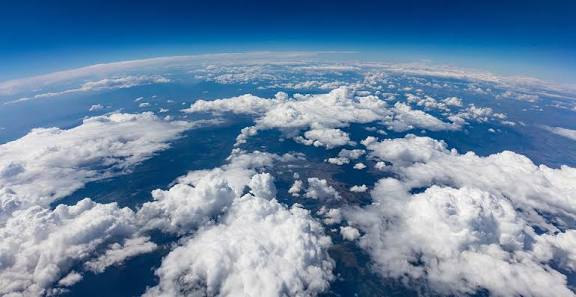National Times Bureau (Rajeev Sharma): Earth’s breathable, oxygen-rich air the foundation of complex life may not be as permanent as it seems. A recent NASA-backed study published in Nature Geoscience warns that our planet’s oxygenated atmosphere is merely a temporary phase in Earth’s long evolutionary journey. Using advanced computer models, researchers have estimated when this phase might end and what could trigger its collapse.
According to the study by Kazumi Ozaki and Christopher T. Reinhard, Earth’s oxygen levels will remain above 1% of current levels for only about 1.08 ± 0.14 billion years. After that, scientists predict a rapid decline in oxygen marking the end of the planet’s “oxygenation era.” When that happens, Earth’s atmosphere will resemble its ancient, pre-Great Oxidation state, dominated by gases that support only microbial life.
The decline will occur long before the Sun grows hot enough to cause major water loss or a runaway greenhouse effect. The primary cause, researchers say, is solar evolution. As the Sun ages, it will become brighter and hotter, heating Earth and disrupting chemical cycles that balance oxygen. Rising temperatures will drive more carbon dioxide into rocks through weathering, depriving photosynthetic organisms of the carbon they need to produce oxygen. This will eventually cause the collapse of global oxygen production.
Additionally, “reducing gases” released from volcanic or tectonic activity will react with oxygen, accelerating atmospheric depletion. NASA’s new simulations indicate that local oxygen declines and climate disruptions could begin much earlier than expected suggesting a slow, uneven transition rather than an abrupt collapse.
As oxygen levels fall, Earth’s ecosystems will undergo dramatic transformations. Plants, animals, and all multicellular organisms that depend on oxygen will gradually vanish, making way for microbes that can thrive in low-oxygen or methane-rich conditions. The planet’s oceans will evaporate, erasing marine ecosystems, while methane accumulation could turn Earth’s skies orange and hazy, resembling Saturn’s moon Titan.
Although this scenario may sound apocalyptic, scientists emphasize that life itself might not disappear entirely. Microbial organisms could persist for millions of years even in oxygen-poor conditions, as they did in Earth’s earliest eras.
Researchers caution, however, that the timeline remains uncertain. Factors such as volcanic activity, greenhouse gas fluctuations, or changes in solar radiation could alter the process. NASA’s findings underscore that habitability is dynamic, shaped by a delicate balance between biology, geology, and sunlight.
Ultimately, the study offers a sobering reminder that Earth’s oxygen-rich atmosphere and the life it supports is not eternal. Within about a billion years, our blue planet could transform into a hazy, methane-shrouded world, returning to a primordial state that predates humanity itself.
NASA Study Warns Earth’s Oxygen-Rich Atmosphere May Vanish, Read More

